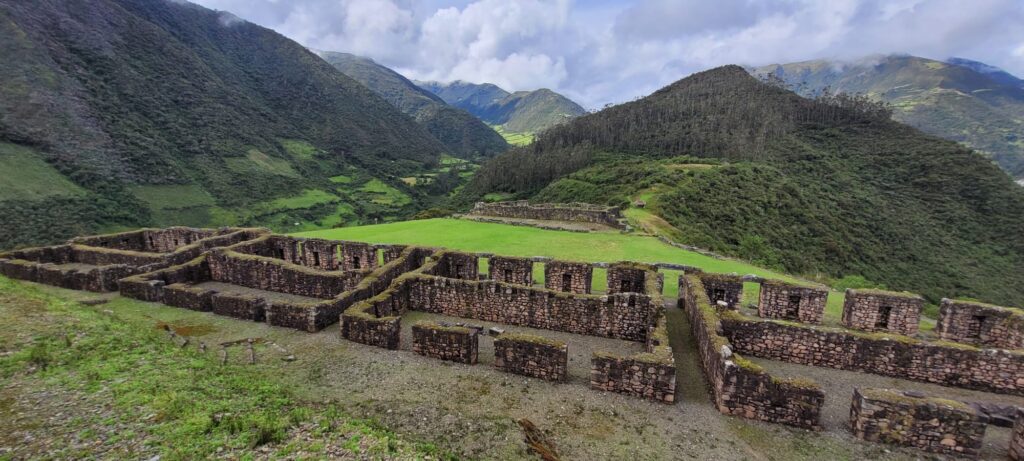Rugova Canyon is one of Europe’s longest and deepest canyons.
It’s located in the northern part of Kosovo near the city of Peja. Rugova mountains surround the canyon and are traditionally named “the accursed mountains.” They act as a natural border between Kosovo and Montenegro. Additionally, the hiking trails in this region are a part of the adventurist ‘peaks of the Balkans route. The canyon is 1,000 meters deep and 25 km long, and you can fly, drive and hike in.
The canyon is a perfect destination throughout the year. Deciduous trees and evergreen forests surround it while each season is painted in different colors. You can participate in diverse attractions like skiing, Zip Line, mountaineering, hiking, and more.
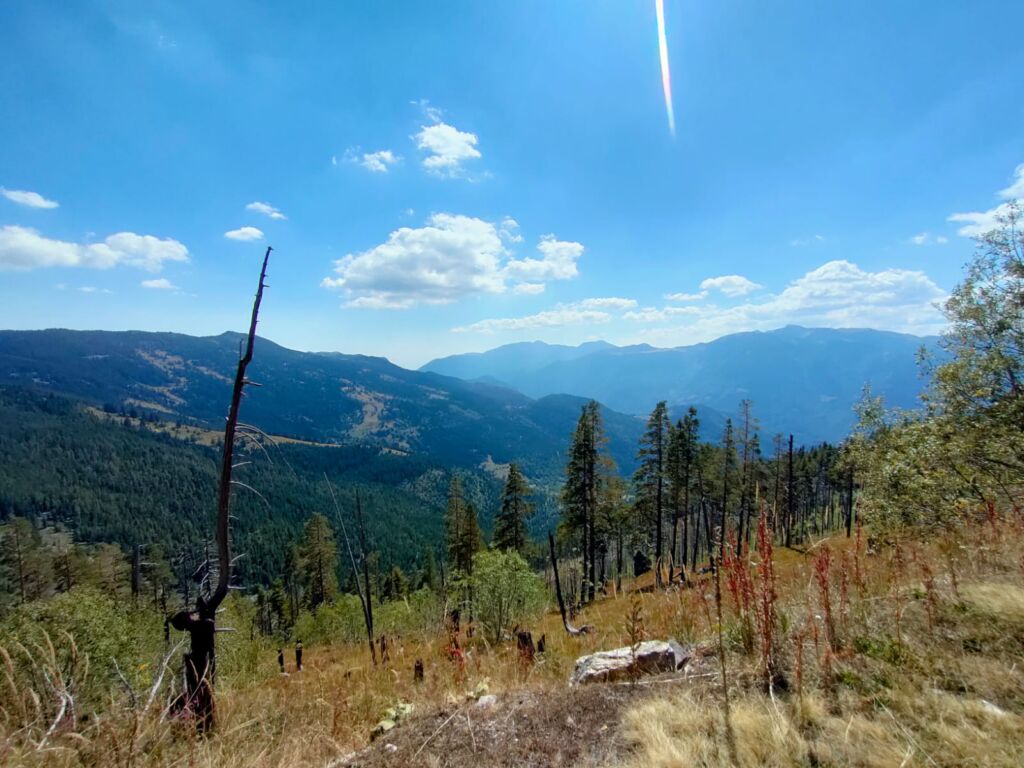
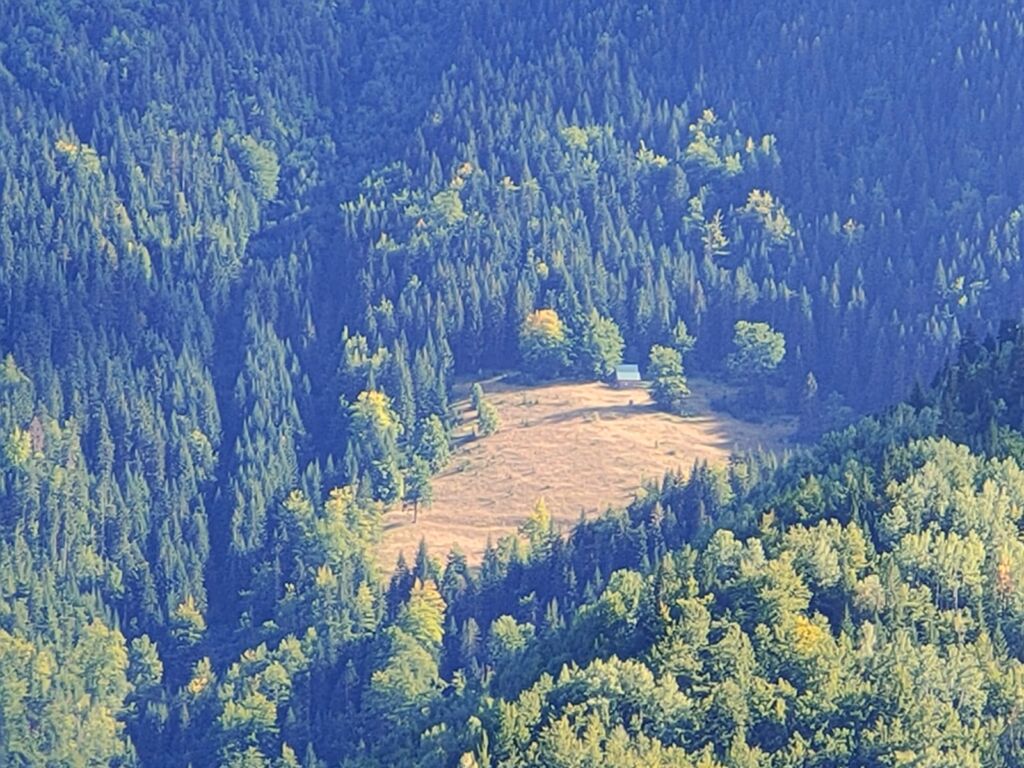
Things to Do in Rugova Mountains and Canyon
Souk into the Kosovar Albanian village life in Drelaj Village
Drelaj is 18 km from the city of Peja and only a 30 min drive on a comfortable asphalt road.
We stayed for two nights in Rugova mountains. Following a recommendation from the visitors center, we decided to skip Boge and remain in the village of Drelej because we were looking to experience Kosovar Albanian village life.
Indeed the recommendation was perfect. Drelej is a beautiful mountainous village with a serene view that fed us with energy just by looking at it.
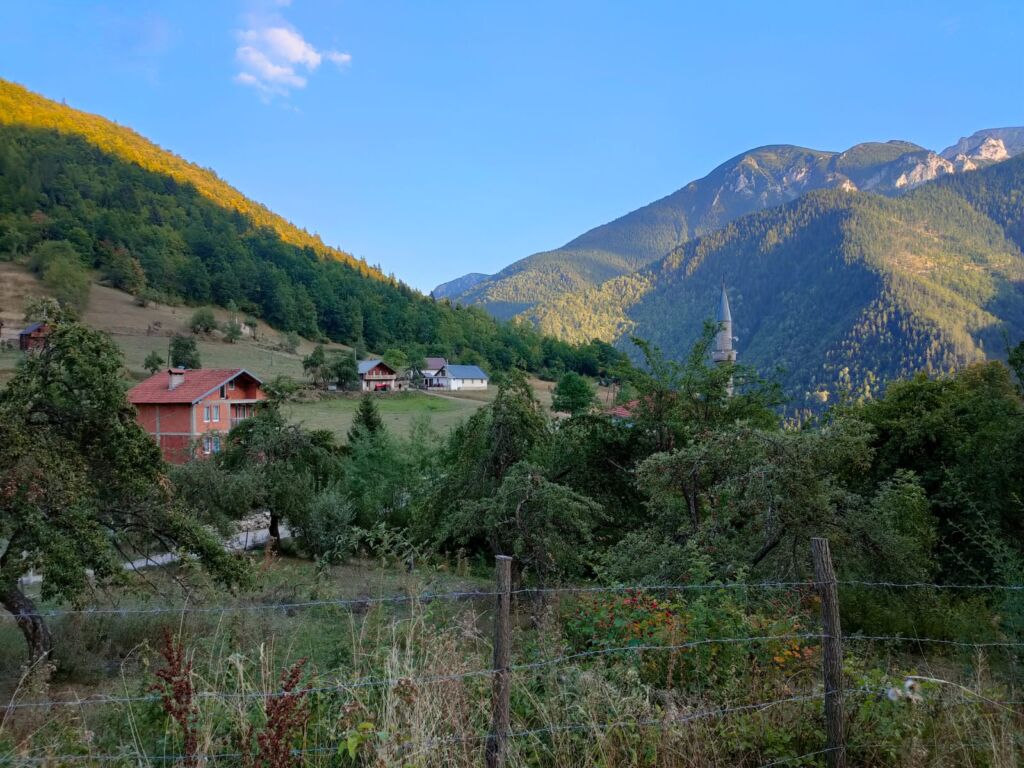
Where to Stay in Drelej
Currently, the only guest house in Drelej is ‘Shqiponja.’ The only way to make a reservation is via phone, so you should send them a WhatsApp to confirm your arrival, +386 49 586 740. The guest house is clean and acts as a comfortable starting\finishing point to your hiking day. We paid 25 euros per person, including a bed, breakfast, dinner, and a packed sandwich for lunch.
Even though we felt that the Albanian hospitality in the guest house was a bit commercialized, the experience was uplifting. Why commercialized? Well, after visiting a few of these remote stay outs in Theth, Shala, eco-farming, and more. The thing is, you’re entirely dependent on your host regarding food, guidance, and transportation if one doesn’t travel by car, like us. In Drelej’s guest house, we felt that the big groups received more help than the solo travelers.
We still felt welcomed and enjoyed the village life in Drelej.
Zip Line in Rugova Canyon
We started our day in the visitor center to try and figure out what to do in Rugova mountains and canyon with the time we had.
We planned to visit the Serbian medieval church right next to the visitor center. Suddenly a cheerful group entered, all happy and smiling. They came back from the zip line. What? Is there a zip line in the canyon? I asked. The answer was yes, and its 10 euros. We skipped the church.
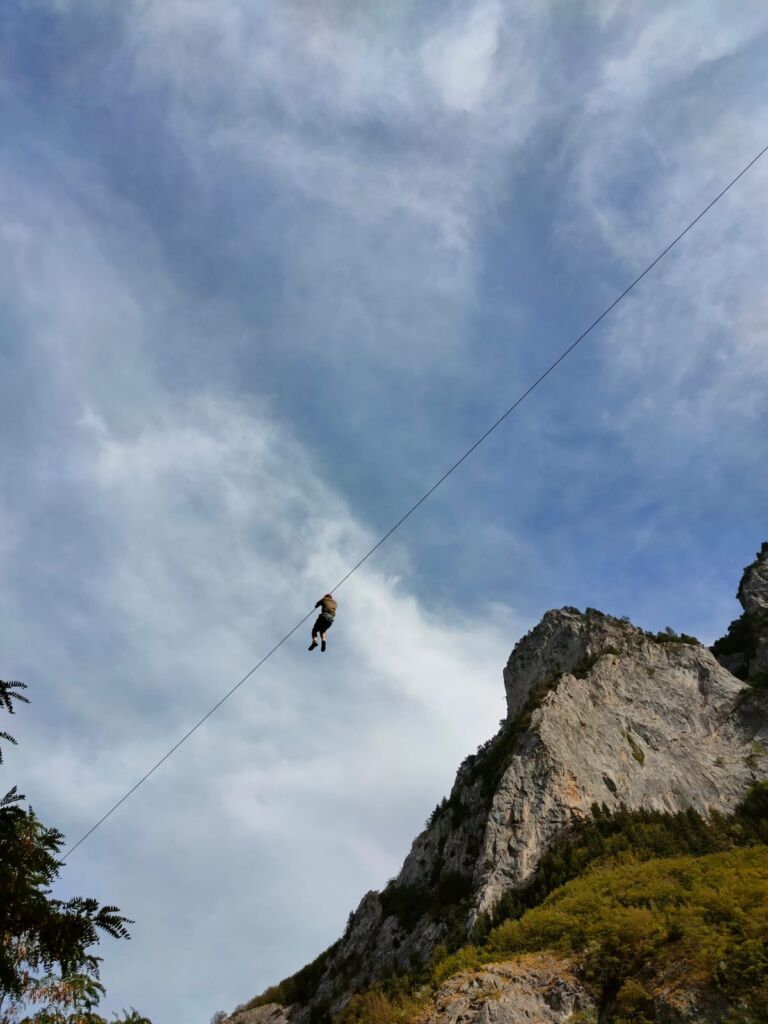
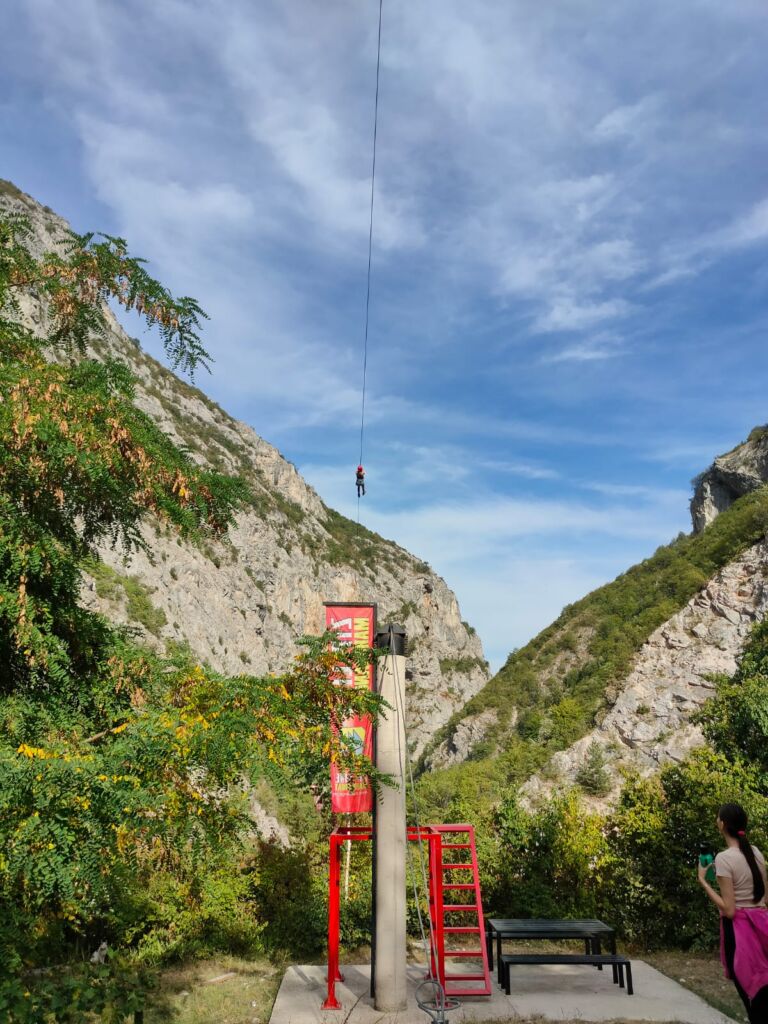
650 m of a zip line over the Rugova Canyon, it’s 3 km from the visitor center into the canyon. You can walk, drive or hitchhike there. The zip line costs 10 euros per person. If it doesn’t exceed your budget, don’t skip it. After walking and living for so long on the ground, it’s a privilege to forget gravity. One minute of only air around your body can recharge you and make you feel lighter than before, in every matter.
Hiking in Rugova Mountains
After five months in the Balkans, we finally fulfilled the village life experience we sought. We saw the houses scattered around without a defined village center. The inhabitants live a sustainable life and work for themselves all year long. Unlike other villages we visited, they do not come to the village only to operate the guesthouses at the beginning of the tourist season. It lets you see how they prepare for the cold winter months, chopping trees for fire and making jam from summer fruits.
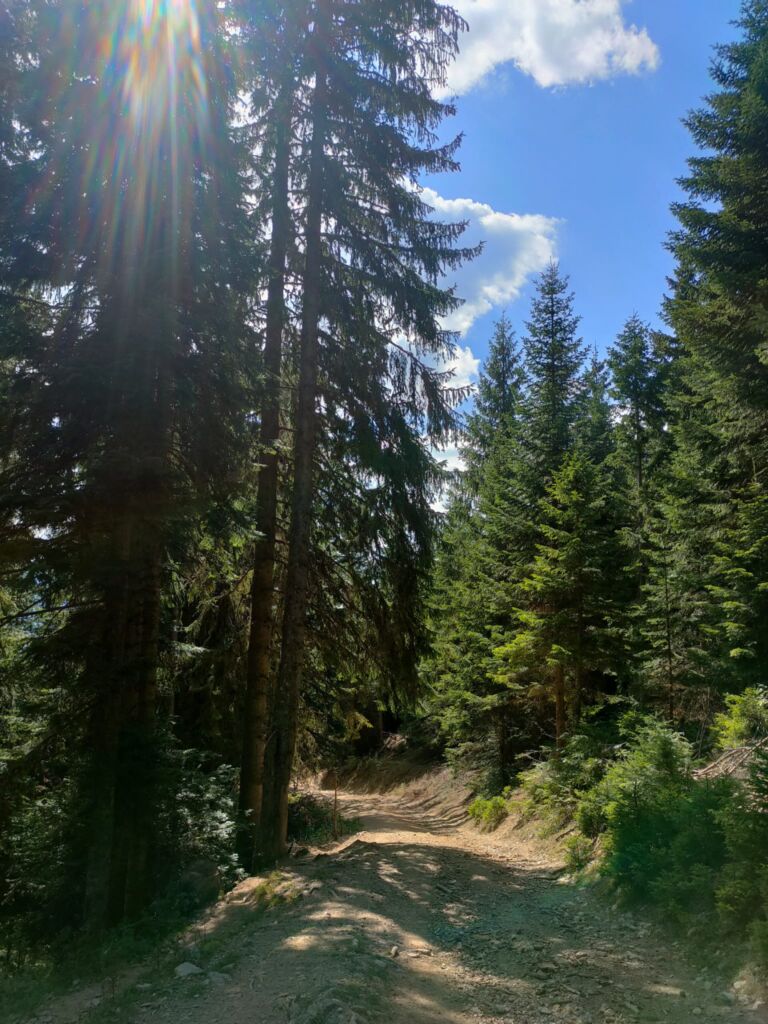
Walking in the forests around will meet you up with loggers preparing for the beginning of winter. Beware of falling trees, seriously. The rest of the trees stand gracefully, festively dressed with branches and leaves decorating them.
In the bushes, shepherds will appear out of nowhere as a reminder that you’re never alone.
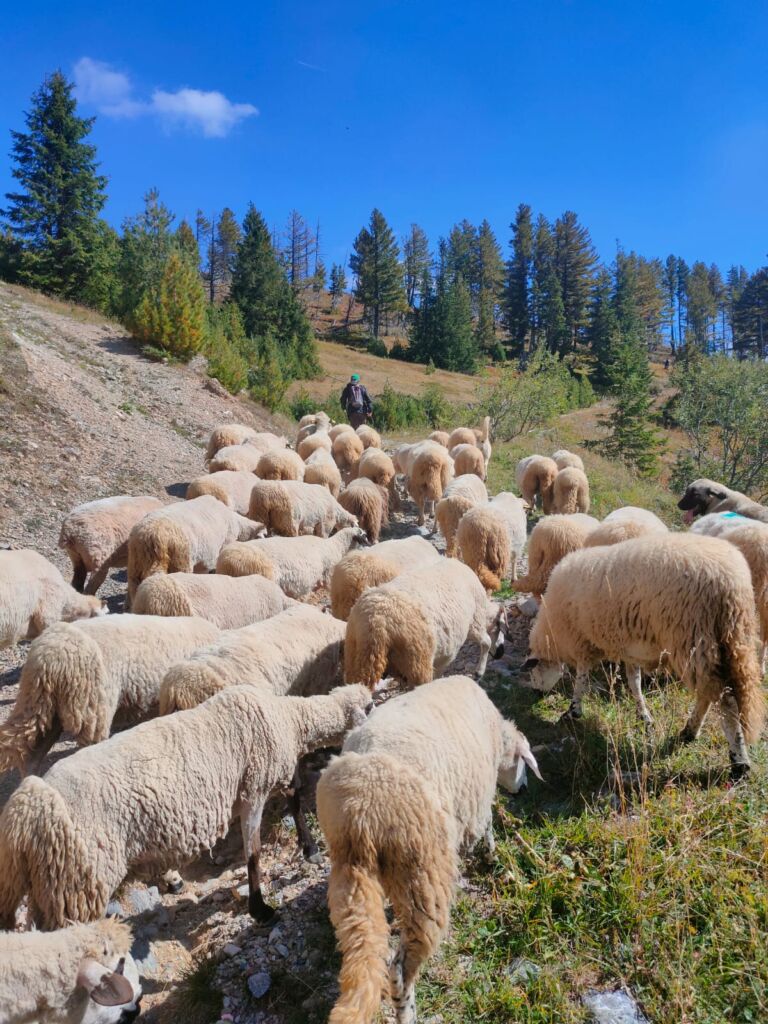
Both hikes we did are easy-moderate in difficulty and start from Drelaj village.
The Hike to Malaj Village and Rugova’s Memorial
- Distance: 6 km.
- Time: 3 hours.
- Route Type: Out & Back.
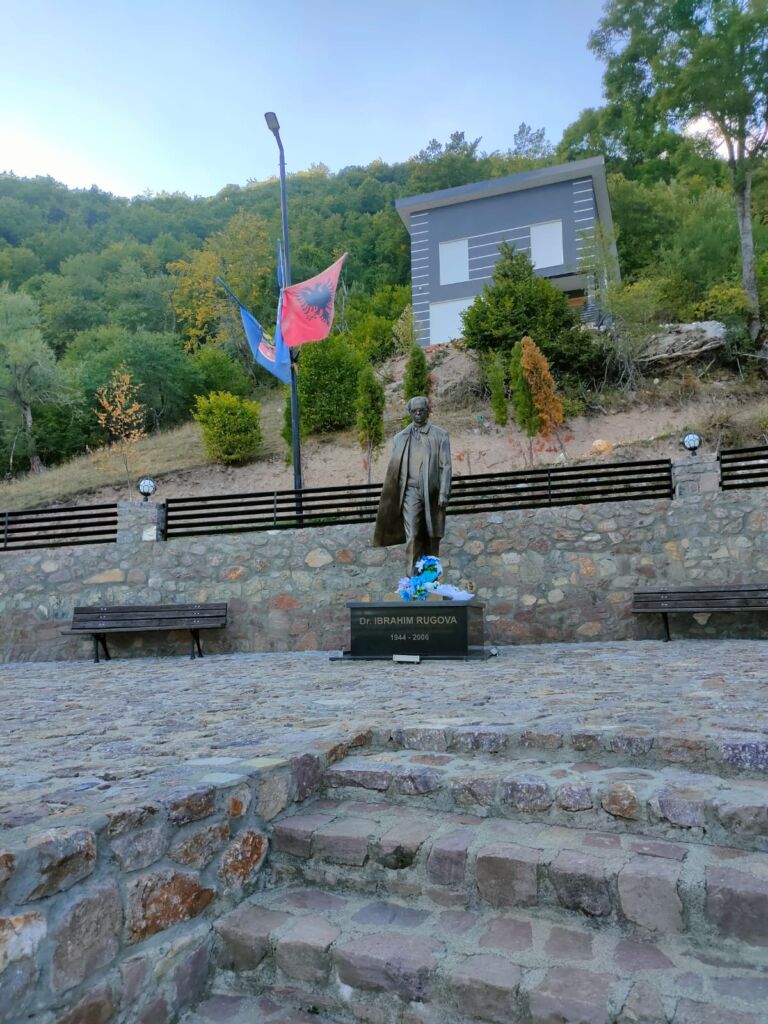
After arriving in Drelej, we chilled with a drink of our choice (beer beer beer) while enjoying the breathtaking view. Suddenly, we realized hours had passed, and we had only two nights to stay in Rugova mountains.
We wanted to hike for a bit, but the sun was about to set. If that happens to you, do as we did, and walk to Rugova’s memorial. It’s a short, easy, and beautiful walk. You don’t have to go too far when staying in Rugova’s Canyon to enjoy nature. If you’re interested in politics, a lovely informative museum awaits you by the memorial.
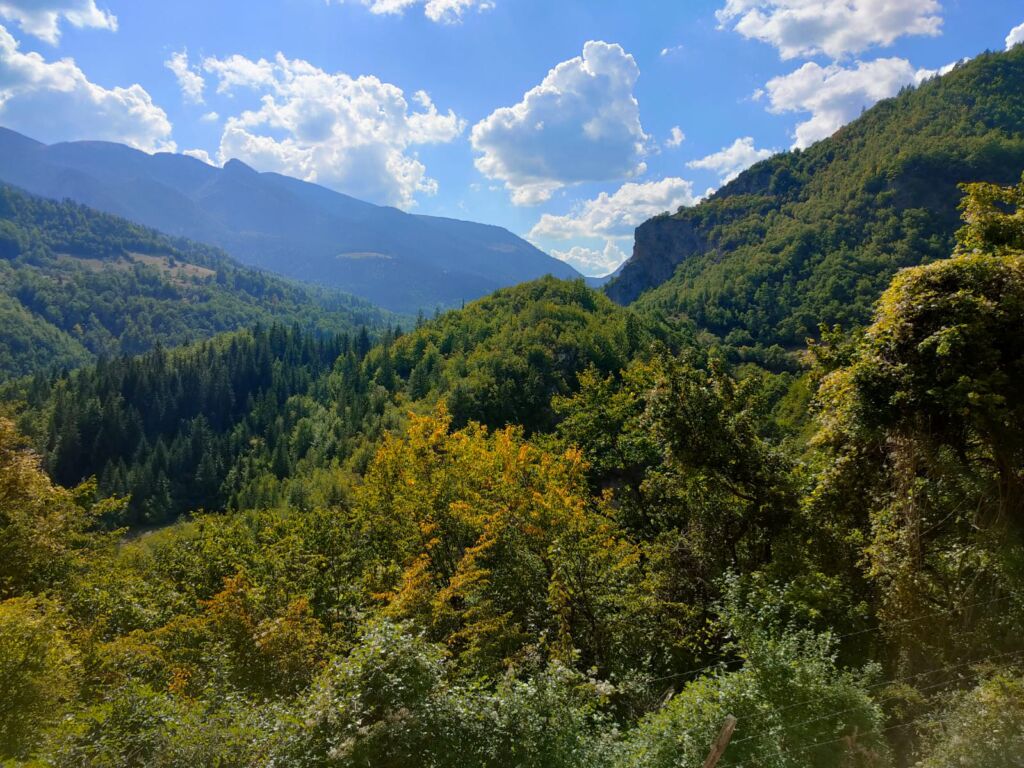
Make sure you don’t walk with the Maps.me app, as it will take you through the asphalt road. Use the map you got from the visitor center or ask around. There’s a clear graveled route. Though it’s not marked, it’s easy to find. About a kilometer after leaving the village, a sign will guide you to turn left to the theater. Keep following the gravel road, and after arriving in the theater, a short ascent will lead you to Rugova’s memorial in the picturesque village of Malaj.
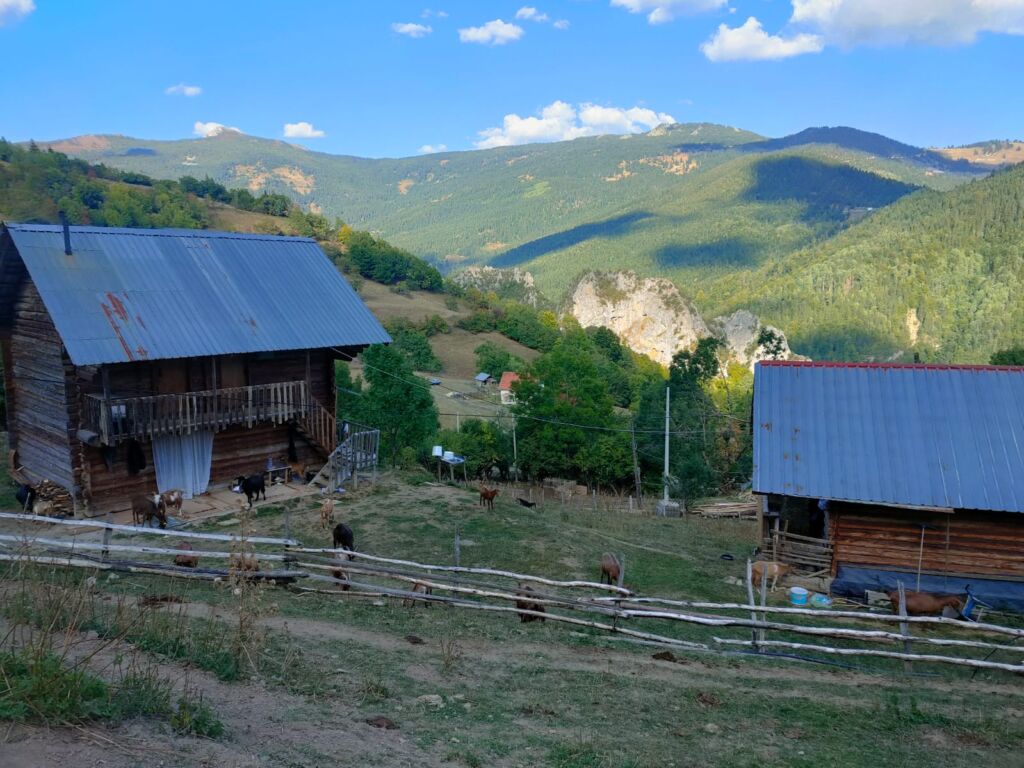
We got the chance to meet the locals. By all means, it was the best part of our hike. They are friendly and happy to talk to you if they know English and even if they don’t. We love traveling in non-touristic places because the people who live there welcome you and are proud to show you their country.
A bit About Gandi of the Balkans
It won’t be short. This man is fascinating, and getting a bit of info about him is essential for understanding Kosovo, Kosovars, and Albanians.
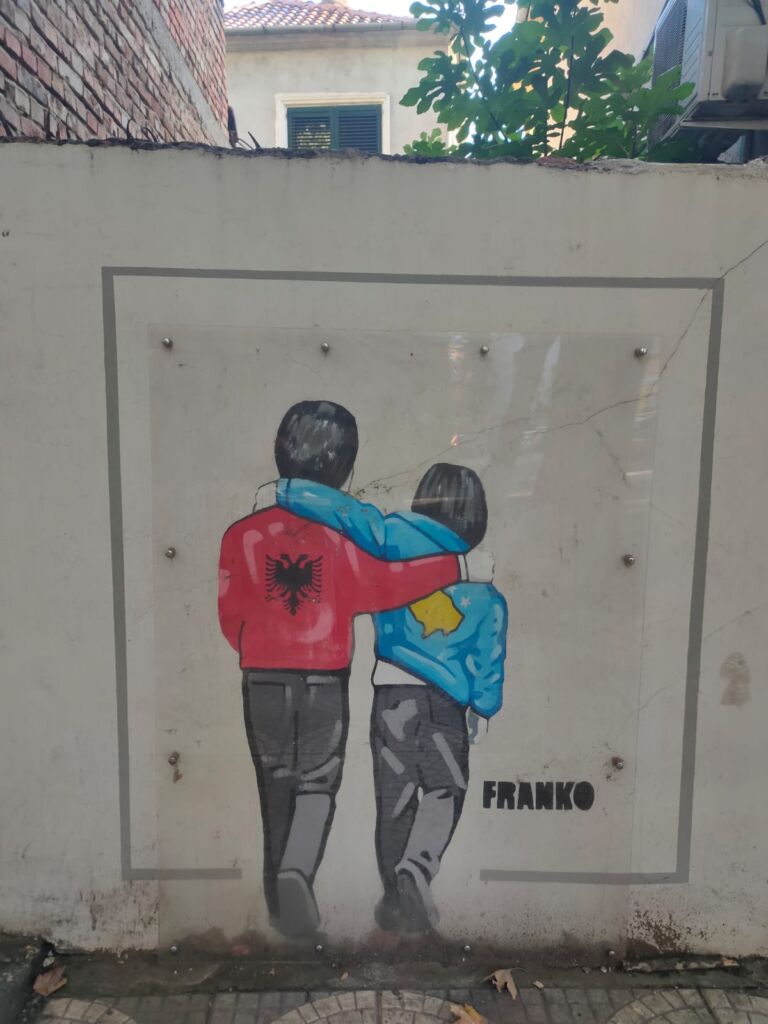
Dr. Ibrahim Rugova was born on December 2nd, 1944. He studied literature at the University of Prishtina and Paris and received a doctorate in Albanian literary criticism.
As a student, he participated in a civil rights movement to liberate the Albanian nation from Yugoslavia.
Rugova entered politics in 1989, and three years later, he won the first presidential election in the Republic of Kosova. Rugova served as the president of the Republic of Kosova from 1992 to 2000.
What is the Republic of Kosova?
Kosova is the Albanian name for Kosovo. It is how the Albanians pronounce the name of the region they have been living in for centuries. The name Kosovo is used both in Serbian and in English.
The Republic of Kosova was a self-declared proto-state established in 1991. It tried to develop parallel political institutions in opposition to the institutions of the Republic of Yugoslavia (which after the Balkans war consisted of only Serbia and Montenegro).
Back to Rugova.
Rugova supported Kosovo’s independence and strongly emphasized the heritage of ancient Dardania, an independent kingdom that ruled the area in the 4th century BC. Simultaneously, Rugova opposed the use of force to achieve independence and instead advocated a policy of Gandhi-like passive resistance.
One of the obstacles to Rugova’s peaceful political view was the Kosovo Liberation Army (KLA), which grew into a full-scale guerrilla army during the Kosovo war. They blamed Rugova’s policy of non-violence for Kosovo’s failure to achieve independence.
Following the end of the Kosovo war (1998-1999) and NATO’s intervention, Rugova was elected again for president in 2002 and served until he died in 2006. During his time in office, he continued to campaign for Kosovo’s complete independence. Furthermore, he pursued a policy of close relations with the United States and the European Union. Thanks to his actions, Bill Clinton acknowledged Kosovo as an independent country. You know how it works, and acknowledgment from the US can open doors to a young nation. As a result, Kosovo honors Bill Clinton, and you can see his statue in Prishtina on Bill Clinton street.
Where does this touch us?
Rugava was a man of our times, you can feel his influence on young Kosovars today. They remember him, talk about him and admire him.
I think it’s rare to find a leader as such these days. I’m glad I got the chance to hear and learn about him. Inspirational.
Hiking to Hajla Mountain
- Distance: 16 km, round trip.
- Time: 3 and a half hours.
The peak of Hajla mountain is 2,403m high and acts as a natural border between Kosovo and Montenegro.
The hike is a part of the peaks of the Balkans mega trail. Peaks of the Balkans is a trekking trail through the accursed mountains of Kosovo, Montenegro, and Albania. One of its most famous hiking trails is the Theth-Valbona hike.
The hike to Hajla mountain will take you through villages, fields, and forests, without even one dull moment in it.
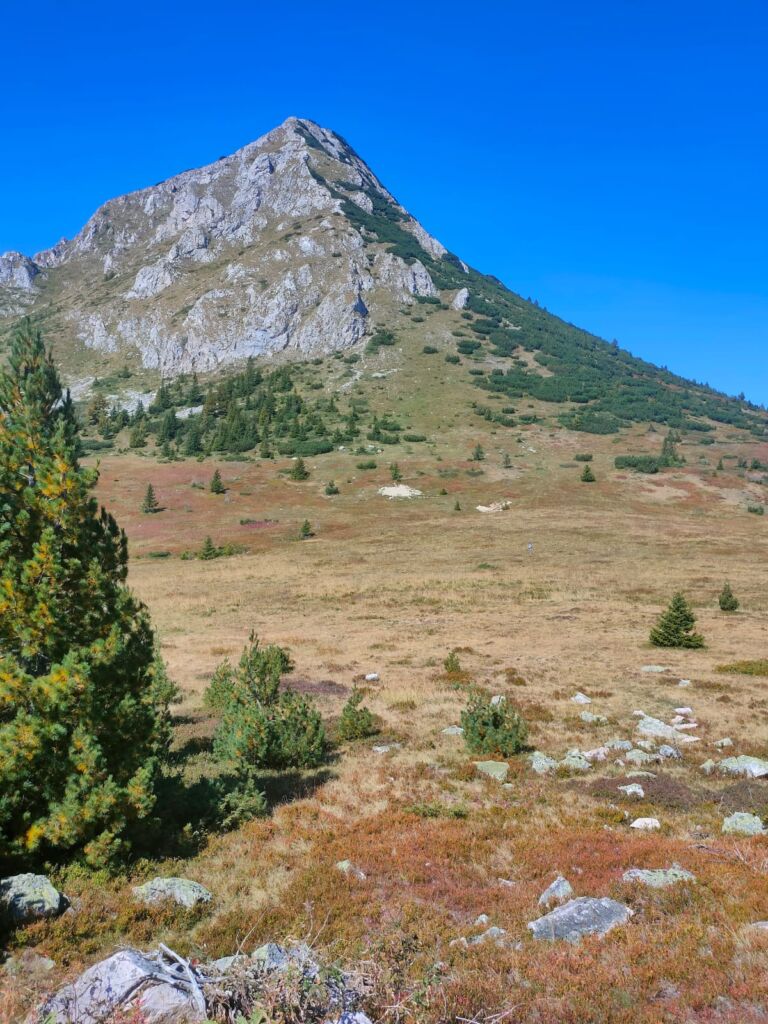
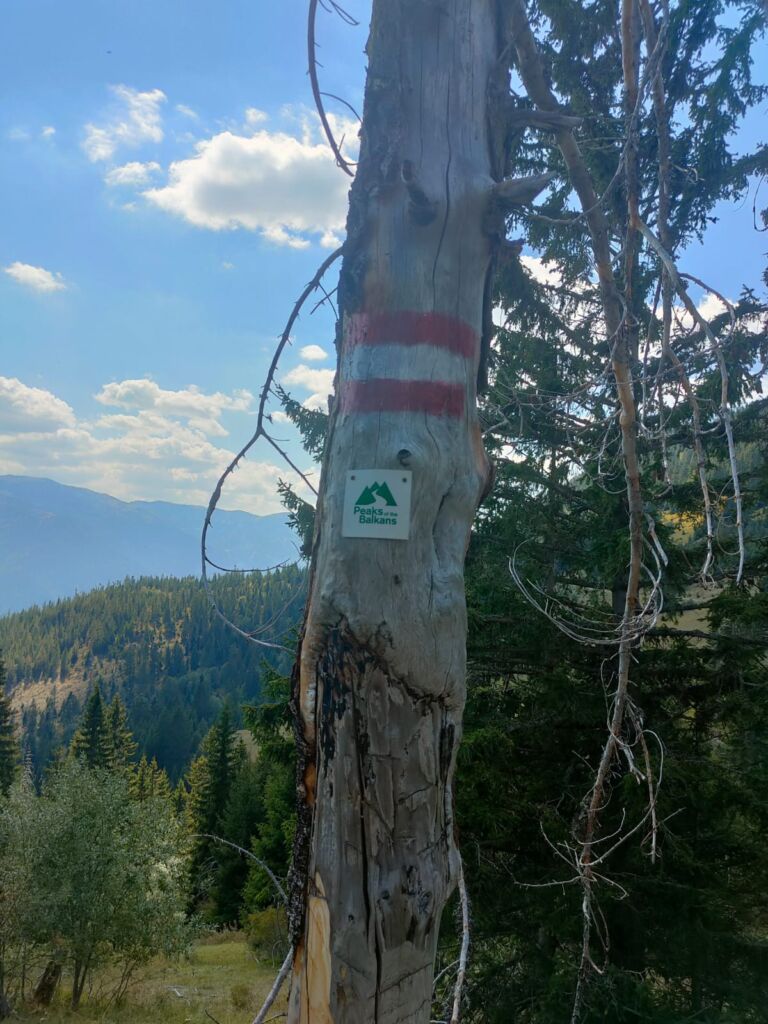
Maja Hajla or Qafa Hajla?
Most of you probably want to make it to the peak.
Pay attention to the signs as the trail splits, leading you into two different destinations. one is called Maja Hajla. It’s a longer, higher, steeper trail that will lead you to the peak of Hajla mountain.
The other destination is Qafa Hajla. Qafa means a saddle in Albanian, and it’s the area surrounding the highest point. Not the peak. So, if you seek to conquer hills, go for Maja Hajla. We planned our hiking day to reach the peak of Hajla mountain but got to the saddle (Qafa Hajla) instead and received a gift from nature.
Either way, I believe the following paragraphs will be beneficial for you all.
We started in Drelaj, but because we wanted to save some kilometers and steep climbing, we took a ride from Drelej to Pepaj village. You can hitchhike or ask your host to drive you-it cost us 10 euros with our host.
The car road is not the same one you’ll use on your way walking back to Drelaj. More about the fairy forest we crossed later on.
After one hour hike from Pepaj, you’ll reach a junction and see the signs directing you to several destinations, two of them are Maja Hajla and Qafa Hajla. That’s the time to choose if you go for the peak or saddle of Hajla. Two and a half hours hike to Maja Hajla or one hour hike to Qafa Hajla.

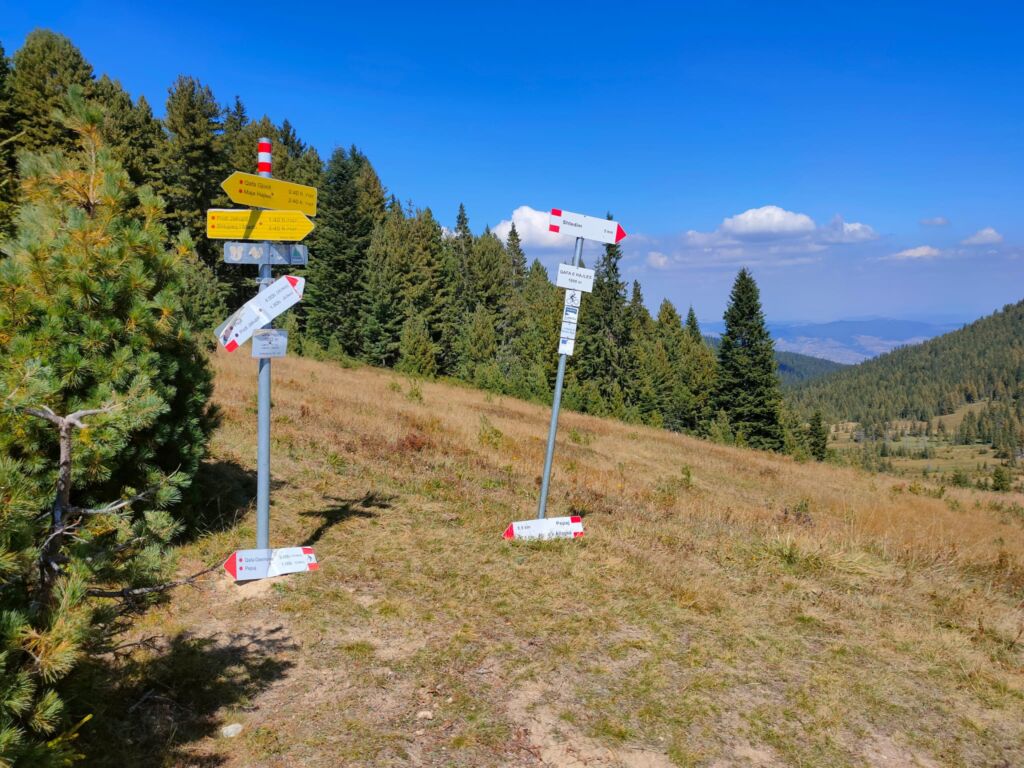
Eagles Land in Rugova Mountains
We saw dozens of eagles in the sky during the hike, and some even flew right beside us.
I understood why ‘eagles land’ is Albania’s second name.
Albanian tradition applies to Kosovars as well, as they are the same nation. The origin of Albania’s flag, a double-headed eagle, was Skanderbeg’s flag in the 15th century.
Skanderbeg was an Albanian feudal lord and military commander who led a rebellion against the Ottoman Empire in Albania, North Macedonia, Greece, Kosovo, Montenegro, and Serbia. He’s Albania’s main historical hero, and you can see statues with his figure around the country.
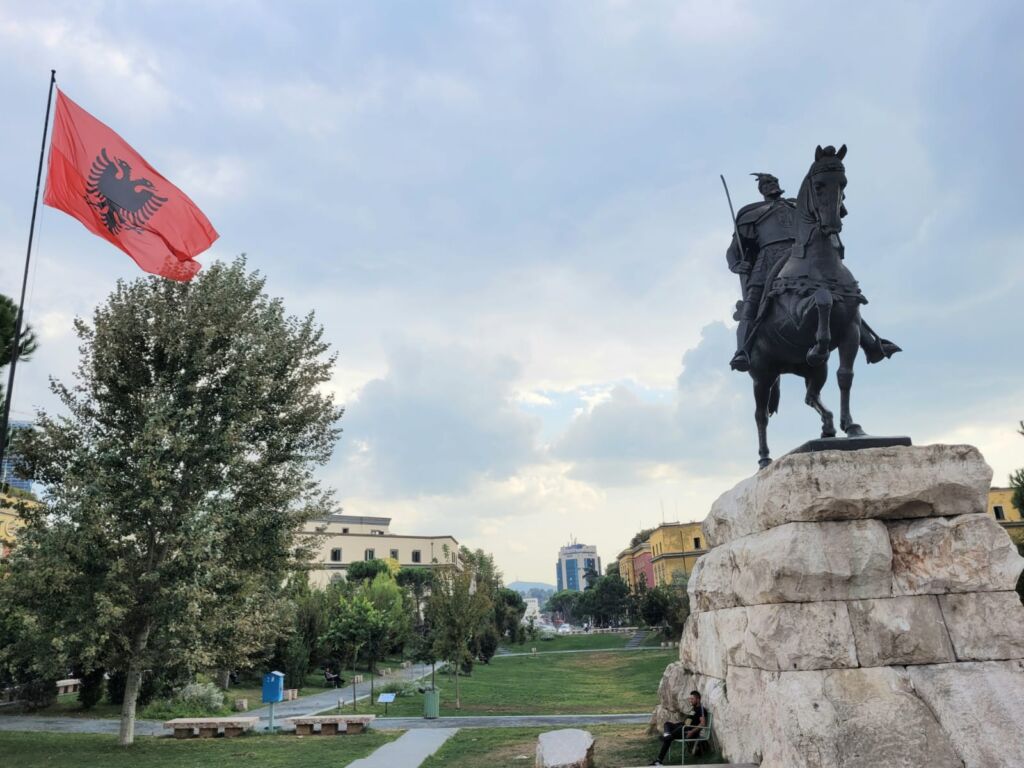
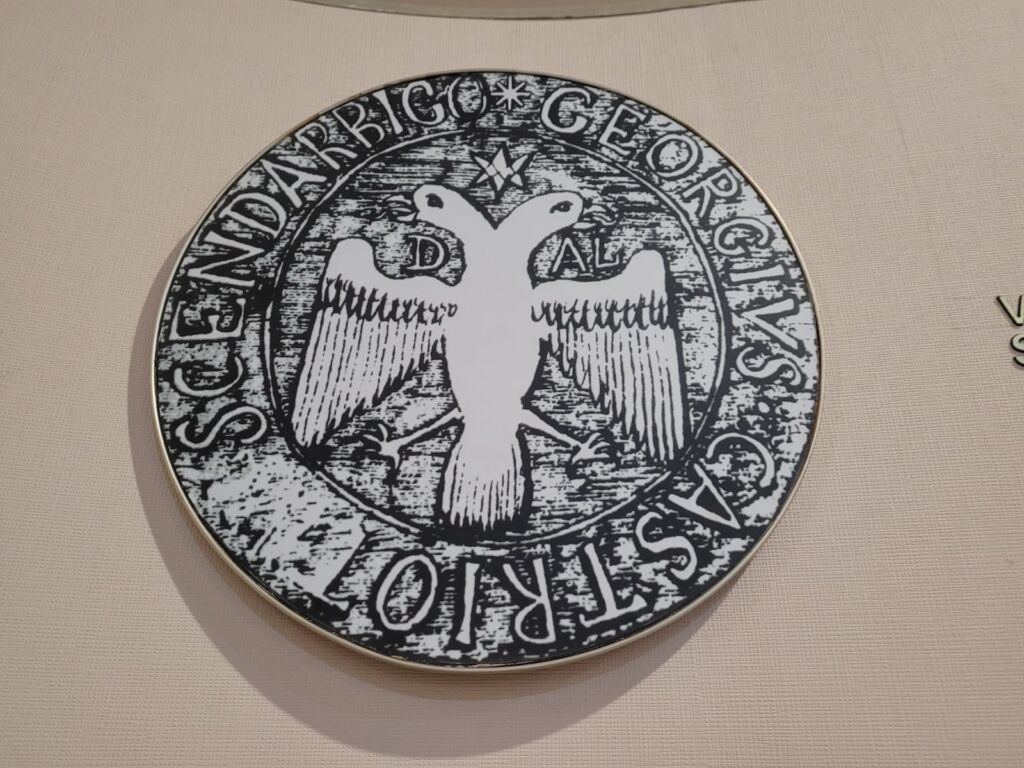
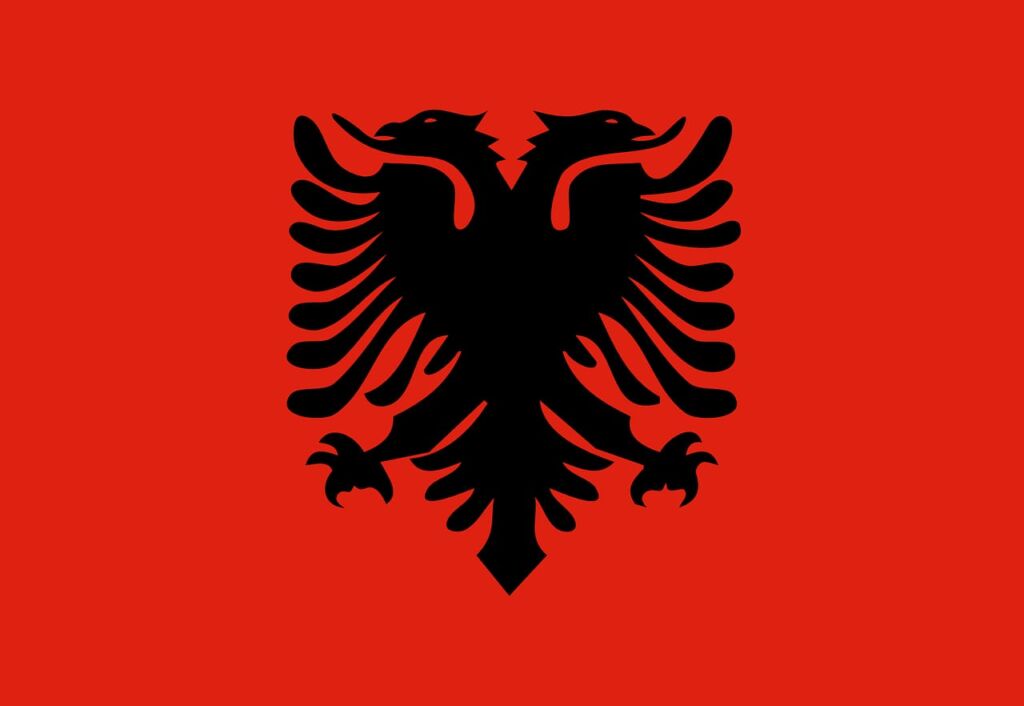
That’s when it all comes together. Slow travel opens your mind.
You can connect the dots of your experiences even in your daily life back home. All you need is some time. Time is not only found in the hands of the clock or in your calendar.
Time is primarily found in your attention to the surroundings.
Back to the Trail
With our arrival at Qafa Hajla, we realized there’s a difference between it and Maja Hajla. First, because we were not at the peak, second, it was too easy, and third the shepherd we met told us the difference. Just before we got the chance to feel sad about missing the view from the summit and not standing on the border between Kosovo and Montenegro, we found raspberries.
It was my first time picking it directly from the bush, and nothing else mattered.
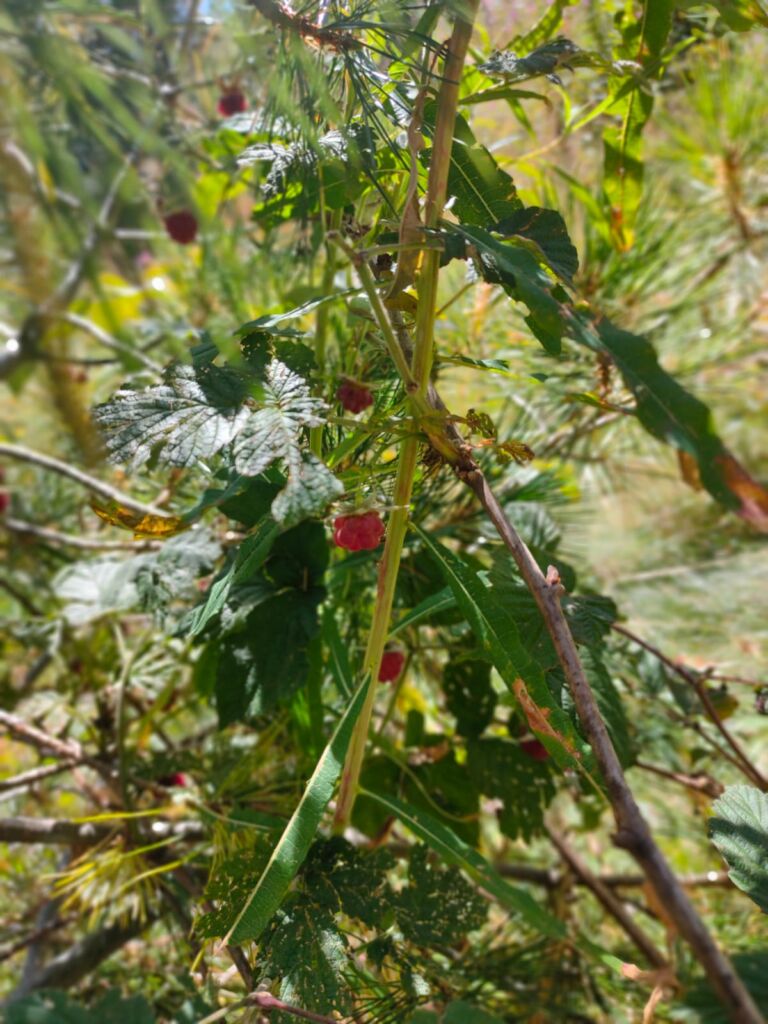
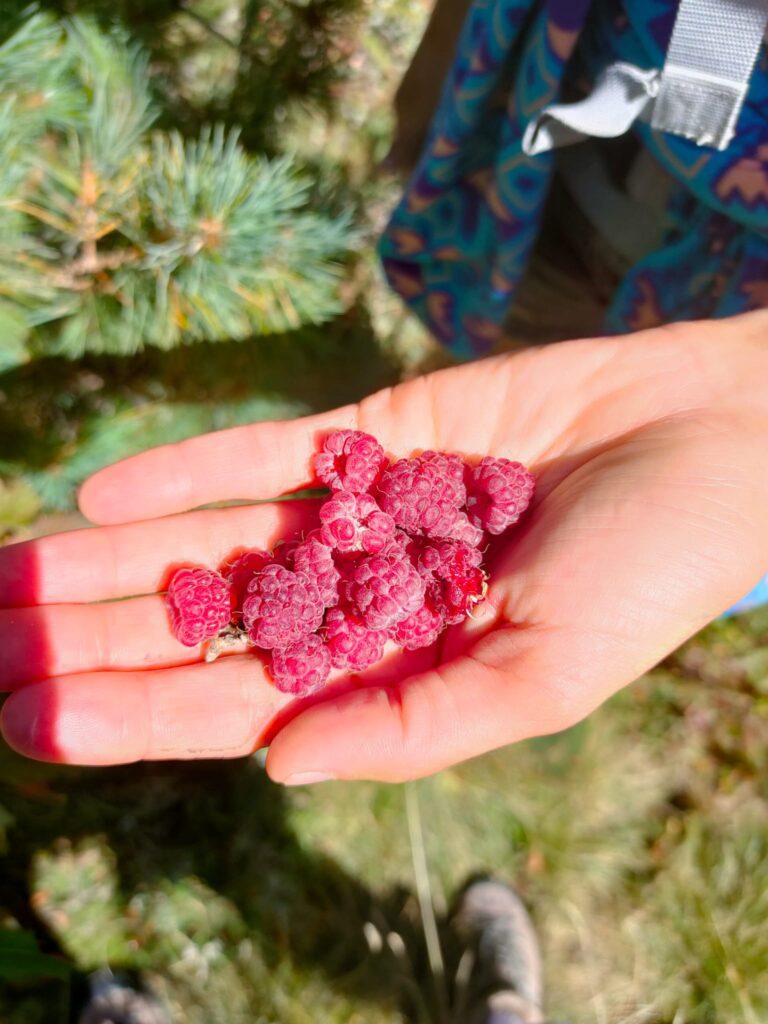
Hiking from Pepaj Back to Drelaj
As mentioned before, we took a ride from Drelej to Pepaj. The car road is different from the hiking path, so we didn’t know what awaited us on this hiking trail. The last three km felt like an adventure in a children’s book: bright colors of nature and round and flat characters escorted us in our journey back home to Drelaj.
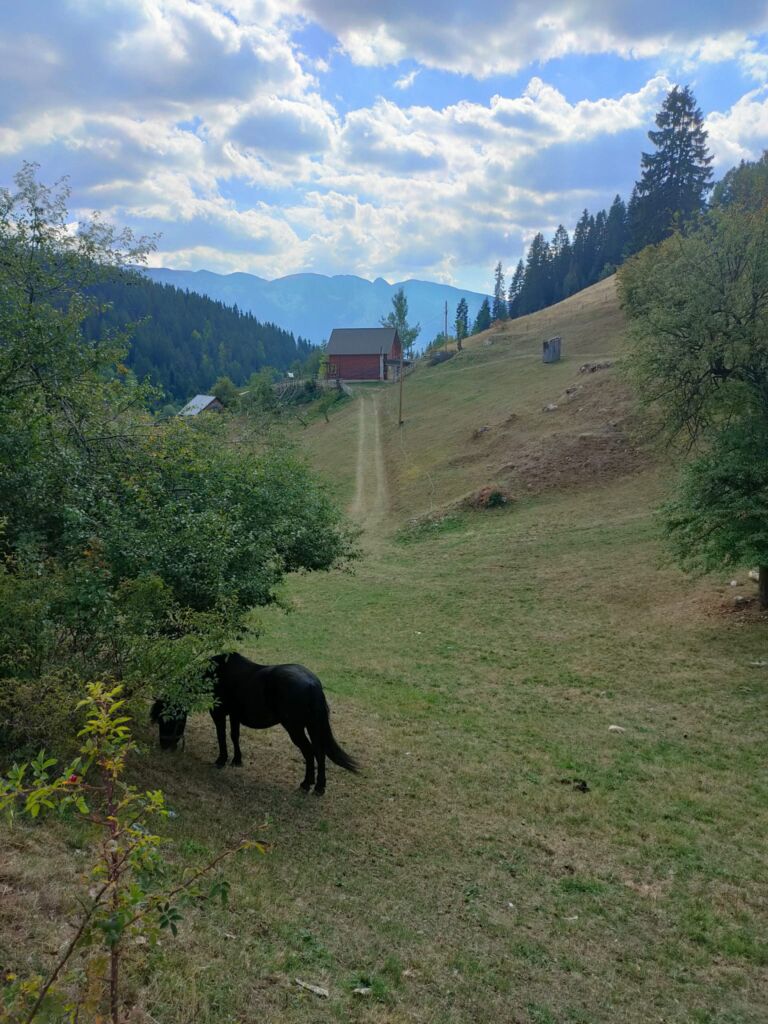
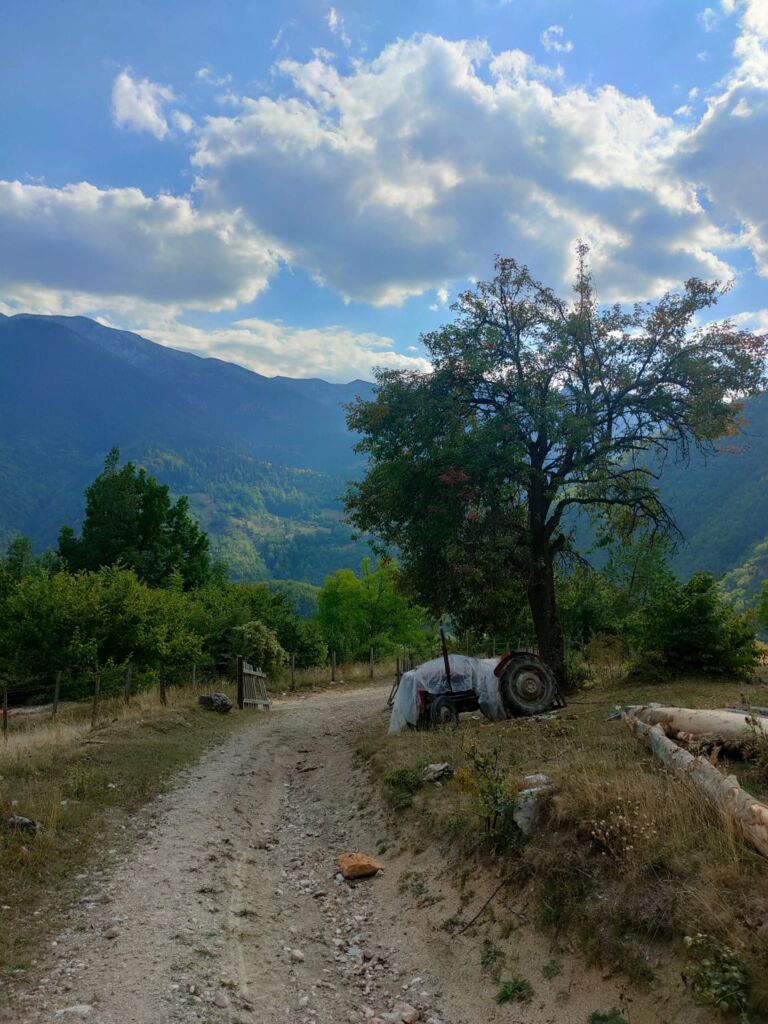
That’s the part we saw the loggers. We were lost in the forest (in a good way), and they helped us with directions. Children were waving from distant hills, made us feel like a celebrity, and mother earth wrapped us in a bounty of green shades. Life appears when descending from high altitudes, and even though we are a part of life, it was still a surprise for us.
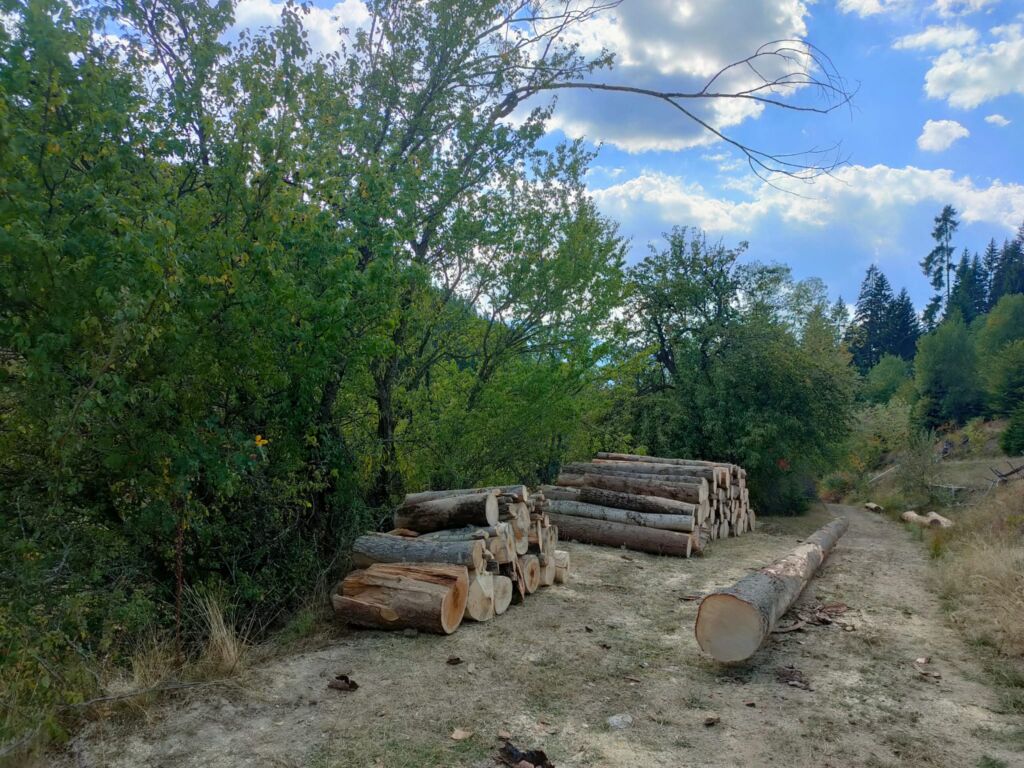
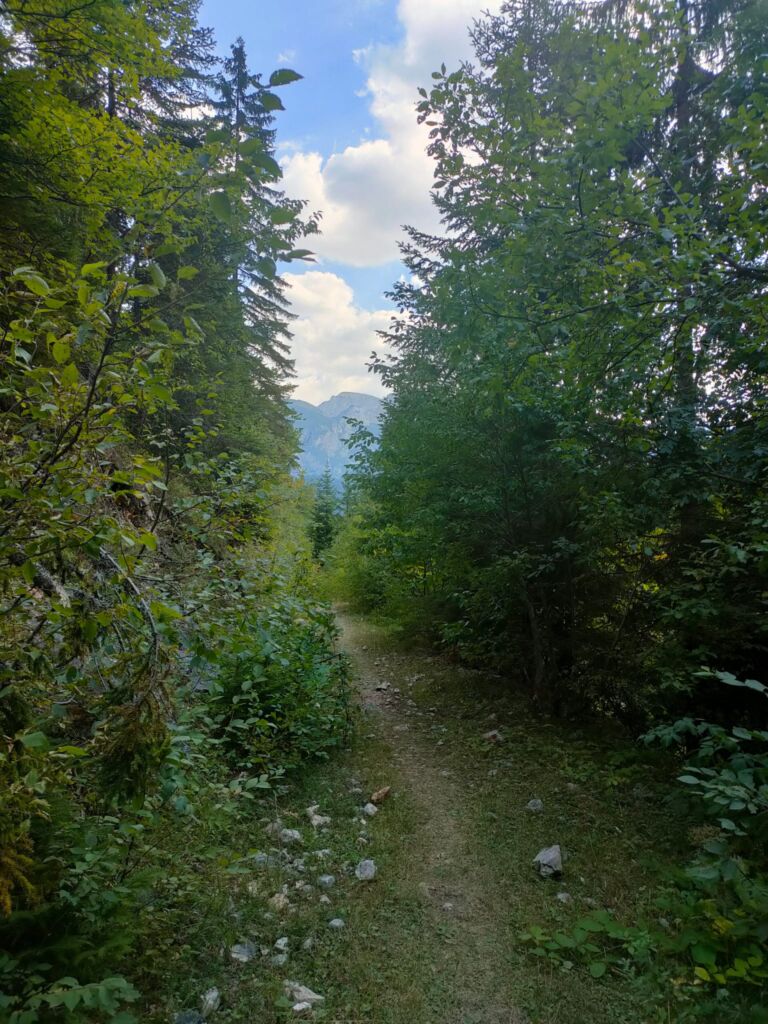
How to Get to Rugova Mountains from Prishtina
Take the bus from Prishtina‘s central bus station to Peja. There’s one leaving every hour. Check the timetable on this website: https://gjirafa.com/Autobus/ It’s not in English but easy to handle.
The ride takes 90-120 min and costs between 4-5 euros.
From Peja to Rugova mountains, a bus leaves twice a day from the central bus station of Peja, at 8:00 and 15:00. You can also catch it from the visitor center of Peja, closer to the canyon. The bus drives to Boge village, and the ride lasts an hour. Same bus returns from Boge to Peja at 9:00 and 16:00.
Peja’s visitor center is nothing less than the visitor center of Yosemite park. You’ll meet Perfect English speakers and knowledgeable people wishing to help you. You should take a map of Rugova mountains and canyon and use it because maps.me App doesn’t show many of the existing routes.



